Hadoop vs Spark: Main Big Data Tools Explained
AltexSoft
JUNE 7, 2021
Hadoop and Spark are the two most popular platforms for Big Data processing. They both enable you to deal with huge collections of data no matter its format — from Excel tables to user feedback on websites to images and video files. What are its limitations and how do the Hadoop ecosystem address them? What is Hadoop.









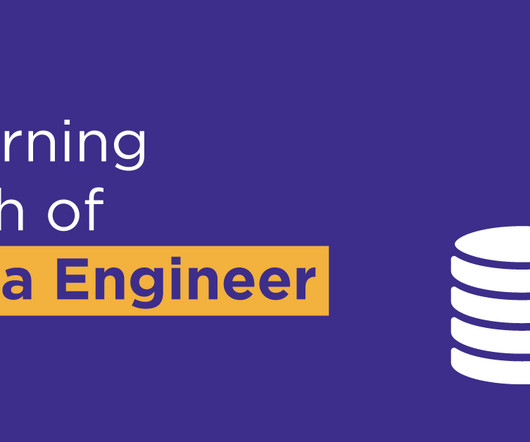

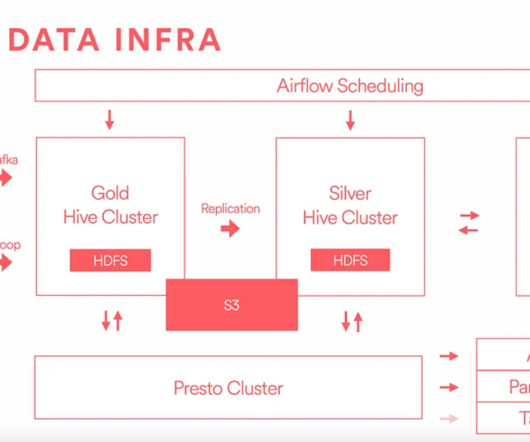
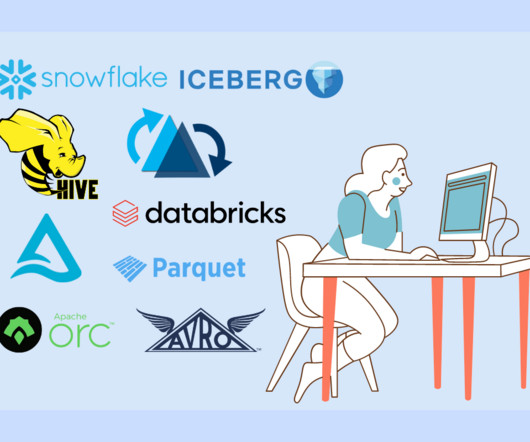
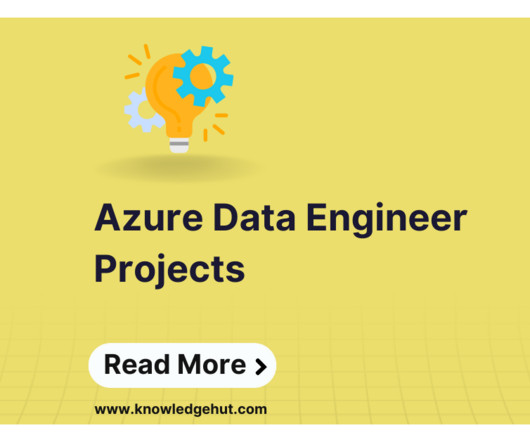
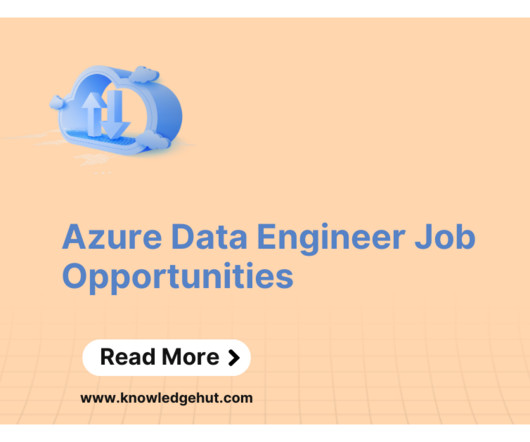
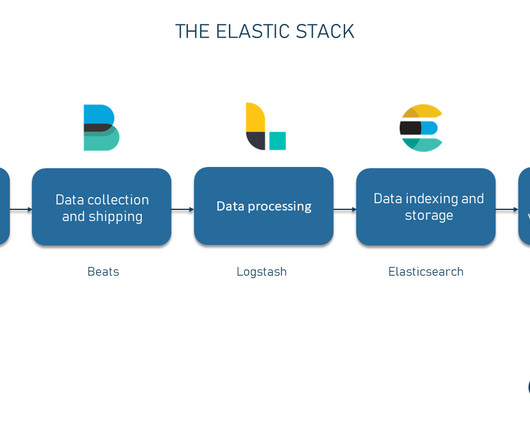

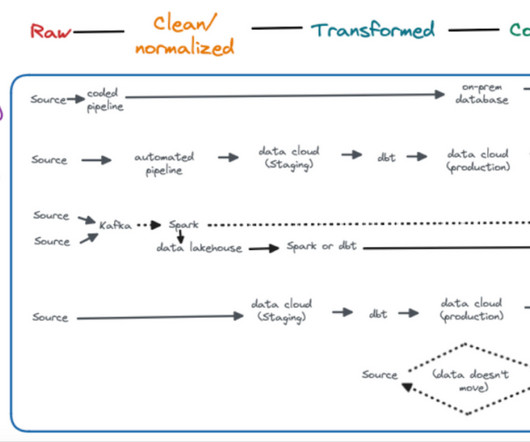








Let's personalize your content